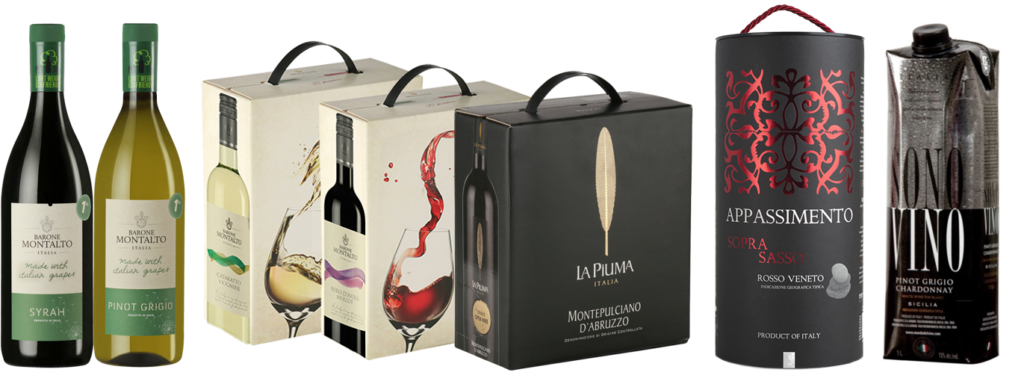Lean world Class® to increase productivity, flexibility and market response time | Case Study
MGM World of Wine is a group of companies that produces and markets wines, which has grown to become one of the top 20 Italian companies in the wine sector according to Mediobanca's ranking.
How do we manage to remain competitive in a global and fierce market where costs are rising, margins are falling, global competitors are investing much more in research and development, customs are changing, and eating habits are also changing?
This was answered by our intervention Lean World Class® to improve productivity, flexibility and response time to the market.

The intervention focused on the following areas:
Production:
People and Organization:
The focus has been in ferrying the facility toward a teamwork approach and to enhance the skills present in the company through:
Planning and logistics:
The goals achieved by the team, in terms of KPIs, were:
The main results obtained on People and Organization:
INCREASED PRODUCTIVITY
RESOURCES INVOLVED IN TRAINING ACTIVITIES
ON TIME DELIVERY